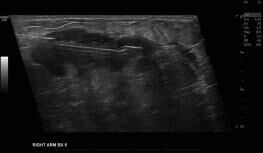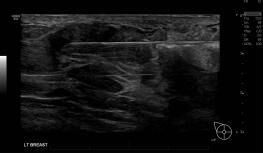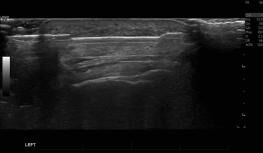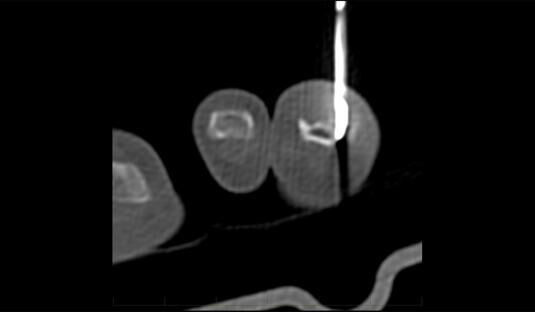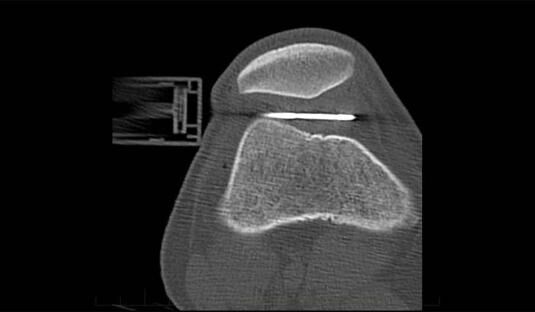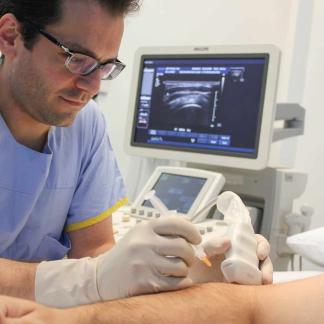Core Biopsy for Tissue Diagnosis.
When a scan identifies a mass, be it in the soft tissues of the limb, organs of the body or bone, then a referring doctor may request that the patient to undergo a biopsy to acquire tissue for a formal pathological diagnosis. A variety of conditions may then be diagnosed, such as infection, inflammation as well as tumours and tumour like processes that can be benign or malignant.
How Does the Core Biopsy Procedure Work?
After local anaesthetic is injected to anaesthetise (numb) the skin and deeper soft tissues, a tiny incision the size of a bad shaving cut is made so as to allow a core biopsy needle to be easily passed. The core biopsy needle is a cutting needle that removes a solid cylindrical block of tissue from the mass that is targeted. This is then prepared appropriately and sent to the pathologist who ultimately provides a diagnosis.
At Melbourne Radiology Clinic, the procedure is performed either under ultrasound or CT guidance, this determined by your referring doctor and/or our radiologist.
Once you have your referral, you can schedule an appointment with Melbourne Radiology Clinic so our team can help you learn more about your biopsy procedure options.
To find out if you are eligible for our bulk-billed diagnostic imaging services, visit our fees and billing policy page.
Further Information.
The decision whether to perform a biopsy or FNA is usually made by the referring doctor and/or radiologist depending on the question that needs to be answered, the body part and the ease of access to this area.

